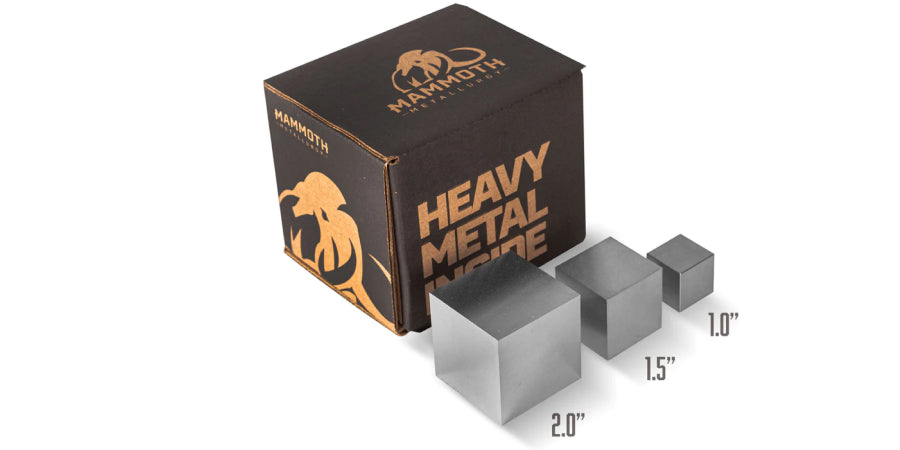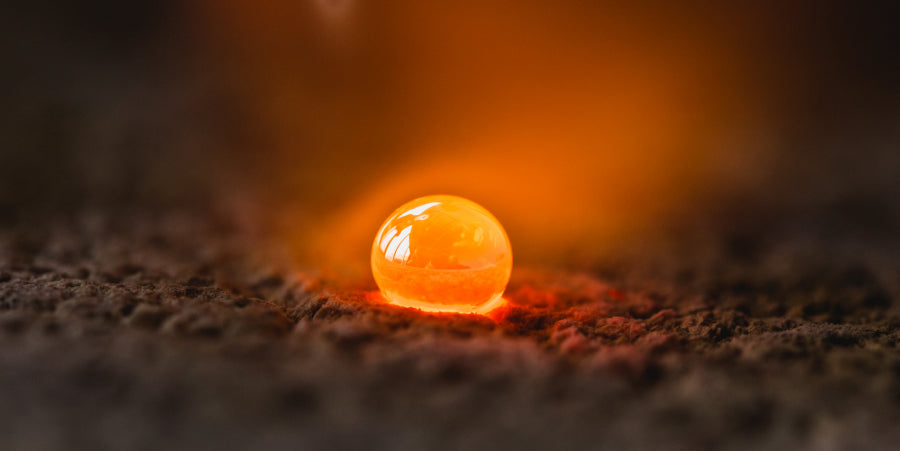Pinewood Derby Weights: A Closer Look
The Pinewood Derby is a beloved Scouting tradition, but it can often be confusing when it comes to adding weights to your car. Which type of weight should you use? How much should you add? Let's take a look at Pinewood Derby weights and the best practices for adding them to your car.
Pinewood Derby Car Weight
How much your pinewood derby car weighs is a major factor to consider to ensure your car remains eligible to race. Typically, the maximum weight of your pinewood derby car is five ounces, or 141.75 grams, but be sure to double-check the rules of your specific race! This means that car should be weighed before the race to make sure it meets this requirement!
Types of Derby Weights
The easiest and most widely used type of weight for the Pinewood Derby is lead fishing sinkers. These are small, round weights that are usually made of lead. They come in a variety of sizes and can easily be attached to the bottom or sides of your car. There are some alternatives available such as tungstenweights or steel weights. Tungsten weights are slightly more expensive but is also denser than lead, meaning it will provide more weight without taking up as much space on your car.
Where to Buy Pinewood Derby Weights
Pinewood Derby weights can be purchased from many different sources, including craft stores and sporting goods stores. You may even be able to find them at your local hardware store! They are typically sold by the ounce, so keep that maximum weight limit in mind when you're shopping for your pinewood derby car's weights.
Where to Place the Weight
The maximum weight of your car is important, but so is the distribution of that weight. It's best to avoid a car with all the weight in one spot as it will make it difficult for your car to balance and navigate down the track. Try to spread out your weights evenly throughout your car, making sure there isn't too much on one side or front/back. Having a center of gravity that is slightly lower than the midpoint of your car can also help improve performance. Ideally, all the weight should be placed toward the back of the car rather, as close to the rear axle as possible. This will help keep your car balanced and ensure that it accelerates quickly off the starting line. Many prefer to distribute weights both in front of the rear axle and behind the rear axle to achieve the best performance. Additionally, you'll want to make sure that any added weight does not interfere with any moving parts—such as axles or wheels—or weigh down one side more than another.
Carefully managing the maximum weight and distribution of weights on your Pinewood Derby car is key for success! Make sure you follow the rules and regulations set forth by your race organizers when adding weights to ensure fair competition!
Understanding the Physics Behind Rear-Axle Weights in a Pinewood Derby Race
How does physics explain why rear-axle weights are important for a pinewood derby car? In simple terms, rear-axle weights create added rotational momentum. The rear weight is usually located near the tail of the car, providing more mass and greater angular velocity. The combination propels the car forward with greater force - turning your seemingly normal pinewood derby car into a powerful racing machine! All in the power of rear axle weights!
How Much Weight Should You Add to a Pinewood Derby Car?
The base of a pinewood derby car typically weighs between 2-3 ounces, so that leaves you with 3-2 additional ounces to fill. How much of this should you add? The amount and type of weight is up to you, as it depends on how much speed your car needs and any restrictions imposed by the pinewood derby organizers. Some prefer a lighter car while others like to go with a heavier car, but adding too much weight can cause your car to slow down instead of speed up! Ultimately, you’ll want to test out different weights and placement options to dial in the best performance for your pinewood derby car!
How to Test Derby Weight Placement
The best way to test out your pinewood derby car is on a pinewood derby track. You can also use an incline plane or any other type of ramp that's suitable for testing pinewood derby cars. Run the car several times with different weights and placement options, paying attention to how it accelerates off the starting line and how it navigates through the track. This way you can fine-tune your pinewood derby car to get maximum efficiency and speed!
How to Trouble-Shoot Derby Weight Placement
If you're having trouble getting your pinewood derby car to perform well, there could be several causes. Some common signs that your pinewood derby car weights need adjustments are if it accelerates slowly off the starting line, has difficulty navigating the track curves, or tends to lose velocity in between turns. Make sure you are distributing the weights evenly throughout your pinewood derby car and that none of them are hindering any moving parts. If you’re still having trouble figuring out what’s causing your pinewood derby car to underperform, ask your pinewood derby organizer for help or seek advice from a knowledgeable pinewood derby enthusiast! Let's take a look at each of these issues and trouble-shoot adjustments.
- Accelerates slowly off the starting line: This could mean that your pinewood derby car is too heavy or that the weight distribution is off. To fix this, you could try removing a few weights, adding lighter weights more evenly throughout the pinewood derby car, or redistributing the weights so that they are closer to the rear axle.
- Has difficulty navigating the track curves: Similar to the answer above, this could mean that the pinewood derby car is too heavy or that the weights are not distributed evenly. To fix this, you could try removing a few weights, adding lighter weights more evenly throughout the pinewood derby car, or redistributing the weights so that they are closer to the rear axle.
- Loses velocity in between turns: This could mean that your pinewood derby car is too light or that there isn’t enough weight at the back of your pinewood derby car. To fix this, you could try adding heavier weights and distributing them farther away from the rear axle. No matter what kind of pinewood derby track you're racing on, carefully manage the maximum weight and distribution of weights on your pinewood derby car for the best possible performance!
If you've already tried varying weights and placements but still aren't happy with the performance, take a look at the track itself—is it too narrow or is there something else that's slowing down your pinewood derby car? Additionally, make sure all wheels are securely attached and spinning freely. Lastly, check for any obstructions on the track such as dust or debris that could cause friction and slow your pinewood derby car down.
Adjusting Your Car's Weight For Different Track Surfaces or Terrain
Before you race your derby car, it's important to adjust the car's weight for any changes in terrain or track surface. A derby car that works great on a flat track may not perform as well on a track with bumps and hills. If the derby is taking place outdoors, keep in mind that wind and other weather conditions will affect your derby car's speed. Adding more derby weights right above the axles is a great way to increase traction on rougher terrains and against windy conditions. Additionally, locating these additional derby weights as far forward or back as possible will help balance out the derby car for faster acceleration coming out of turns and improved cornering stability. When you are racing on a dry track, it is best to move the weight to the back of the car. Doing this will help minimize friction and maximize speed. On wet tracks, your derby weight mustn't be too heavy in front or back, as this will create too much drag. If you want to get into more customized derby weights, you can use lead fishing sinkers to strategically place the weight around your car's body for optimal results - experiment and find what works best for you!
In conclusion, pinewood derby weights are an essential component for achieving the best performance possible. Finding the right weight and distribution of pinewood derby weights can take a bit of trial and error, but with a little bit of experimentation, you’ll be able to find the perfect combination that gives your pinewood derby car the edge it needs to soar across the finish line! Good luck and happy racing!


